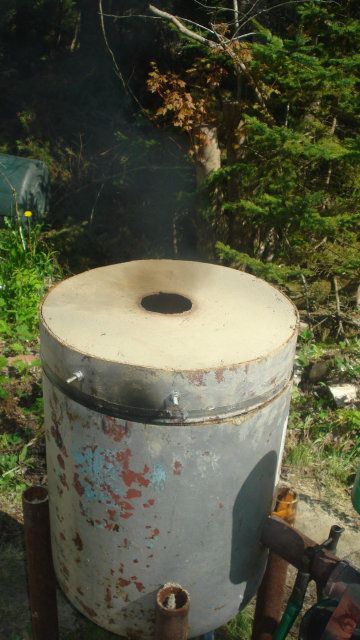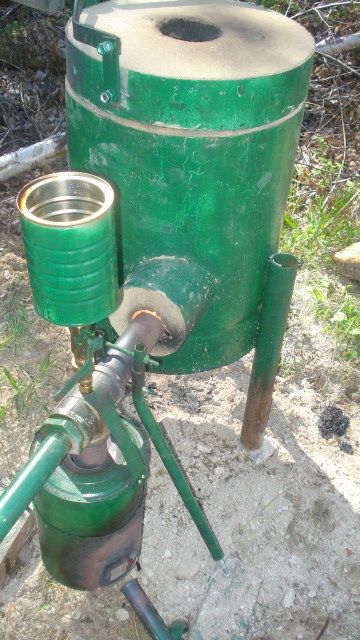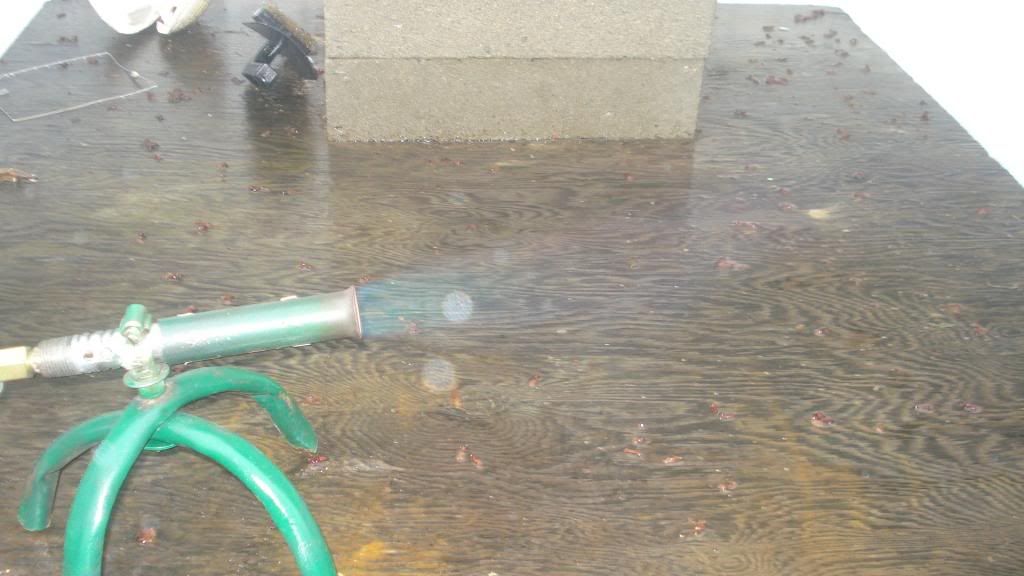Joe Sullivan
40 Cal.
- Joined
- Jul 27, 2011
- Messages
- 189
- Reaction score
- 0
How do you temper your springs? This is a stumbling block for me. :idunno:
I've broken 5 springs trying to get this. At 4 hours each I'm reaching burnout. I made another set and I'm scared to try loading them.

I tempered these with a propane torch. I watched them go thru the colors and stopped at blue/gray.
Is this method just softening the surface because the ones I broke had a shell different colored than the interior.
Should I taper the thickness more?
I've broken 5 springs trying to get this. At 4 hours each I'm reaching burnout. I made another set and I'm scared to try loading them.

I tempered these with a propane torch. I watched them go thru the colors and stopped at blue/gray.
Is this method just softening the surface because the ones I broke had a shell different colored than the interior.
Should I taper the thickness more?










